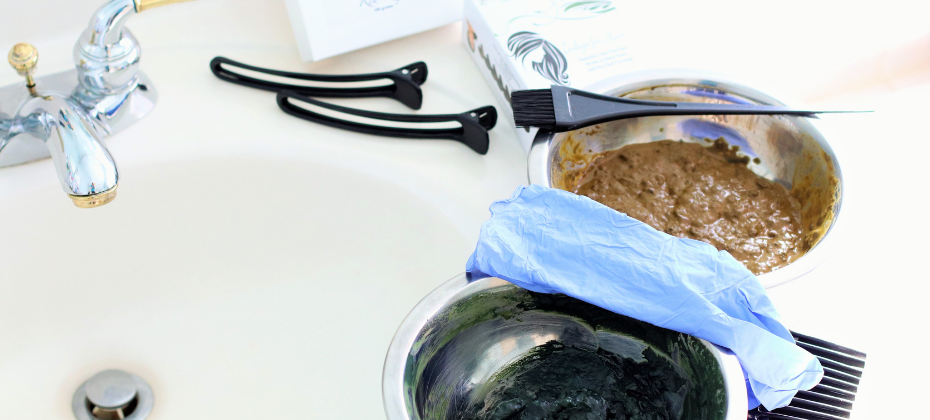- Your cart is empty
- Continue Shopping

Henna Hair Dye – D.I.Y. AT HOME
-
By dhagra
- Posted on
- 0 comments
What is Henna/Mehndi powder?
Henna powder is derived from a small green plant that grows within the tropical regions, such as Northern Asia and some parts of Africa. The leaves of this plant are dried, crushed and then made into either a powder or a paste. The plant can be planted by farmers for commercial uses, or it can grow naturally in the wild.
Origin of Henna/Mehndi Powder.
The origin of henna is not exactly known by the modern world. This is because some people claim that it originated from Egypt while others claim that it originated from India. Also, there are sources that evidence that henna originated from the desert communities, where people lived in these deserts. They used to apply henna paste on their hands and feet, and in return it would produce the cooling effects. Back in Egypt, Cleopatra the queen is said to have used henna to decorate her body as a sign of beauty. Since then, the world has embraced henna(mehndi), and is considered as one product of beauty, especially for women.
Different Names of Henna/Mehndi Powder.
Henna/Mehndi.
Egyptian private.
Jamaica mignonette
Reseda
Alcana
Smooth Lawsonia etc.
Different Colors of Henna/mehndi.
Henna produces colors which are brown, orange-brown and red-brown shades. However, to produce other colors different from the original three colors, artificial dyes must be added to produce colors such as black henna or blue henna.
DIY - How to Dye Hair Using Natural Henna/Mehndi.
First and foremost, henna is a natural product and that means, it contains no artificial ingredients which can cause damage to hair. When it comes to hair dyeing, henna becomes the number one product priority, especially to people who don’t like artificial and toxic dyes. Artificial dyes are known for causing severe allergic reactions to some people, and these reactions can be deadly when not addressed immediately. Therefore, if you prefer to dye your hair using henna, here is a simple procedure on how to do it effectively.
- Ensure that your hair or that of your client is clean.
Applying dye on dirty hair may make the dyeing process ineffective, because it hinders the uptake of henna dye by the hair. - Choose the correct color of henna dye.
You can do this by asking your client to choose the color of the dye powder that he/she prefers. Henna powder dyes can range from black, to blue and brown, deep red, indigo or even pure henna (which is not mixed with other artificial substances). Then, mix the powder with some grams of sugar and warm water. Then add essential oils and mix to make a paste. - Cover yourself/your client-this process involves protecting clothes from permanently staining.
You can use an old piece of cloth or a towel to do this. To be on the safe side, dark colors of clothing are preferred, such as black, brown or maroon. - Prepare the hair.
This step involves partitioning hair into small sections for easier application. Then, apply petroleum jelly on the scalp edges. - Application.
Wear your gloves and gently start applying henna paste on each partition till the whole head is done. Once you have finished the application process, wrap the hair with a plastic shower cap. Give your hair 2-3 hours for the dye color to be absorbed by the hair. - Cleaning the hair.
Rinse the hair in clean water, and add conditioner to it, to give the best results. Once the hair is dry, you can straighten it, apply hair oil of choice and then style as desired. Your hair will be soft and shiny, and just beautiful.

